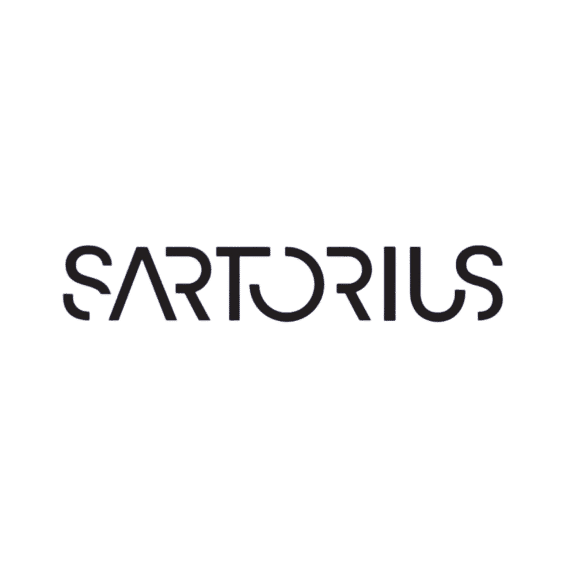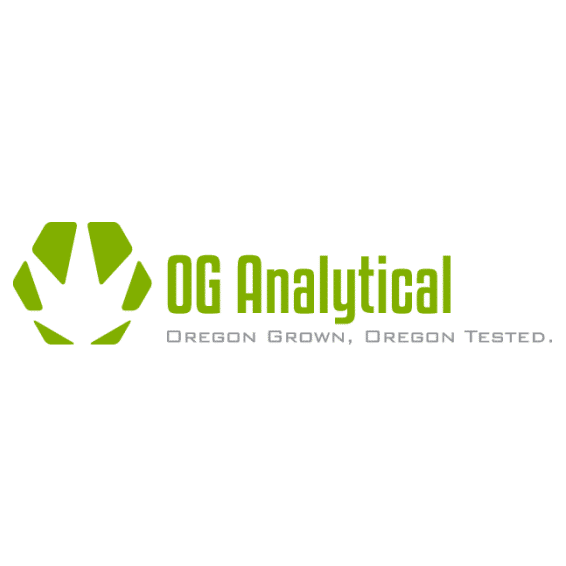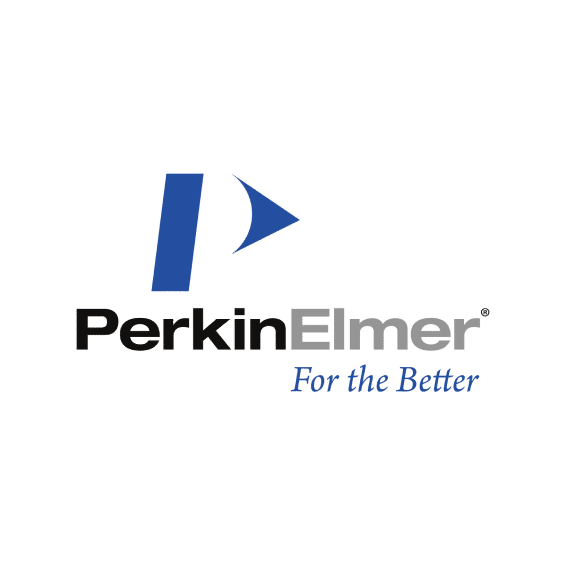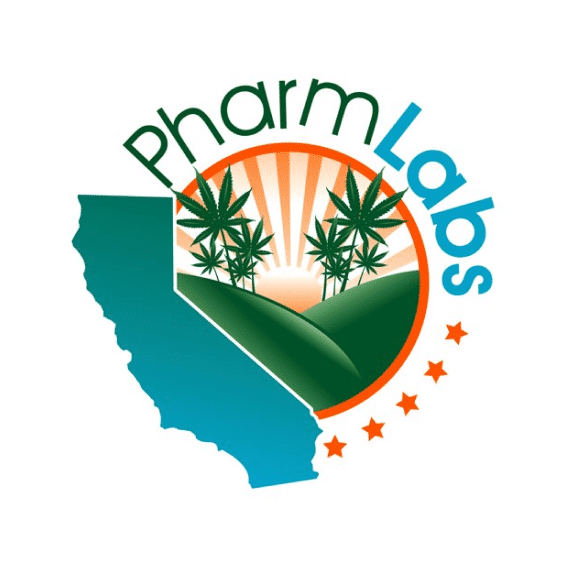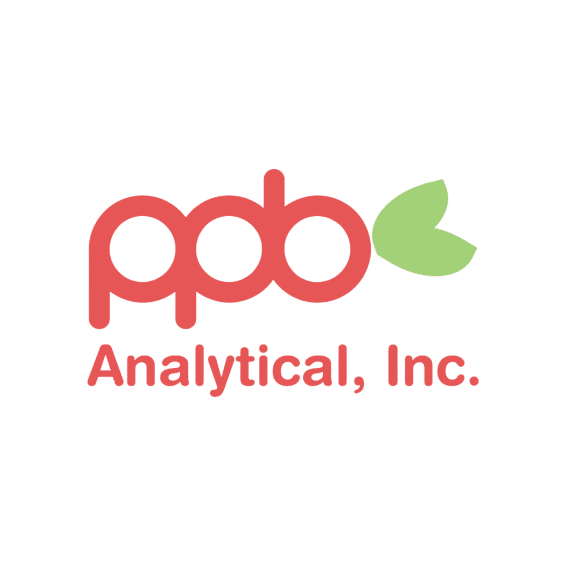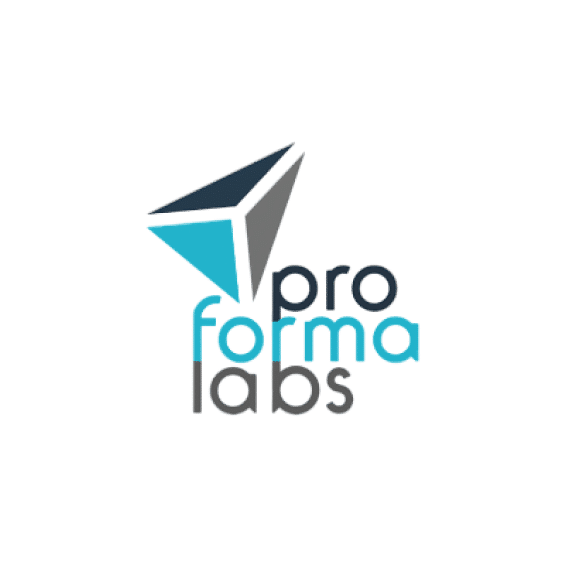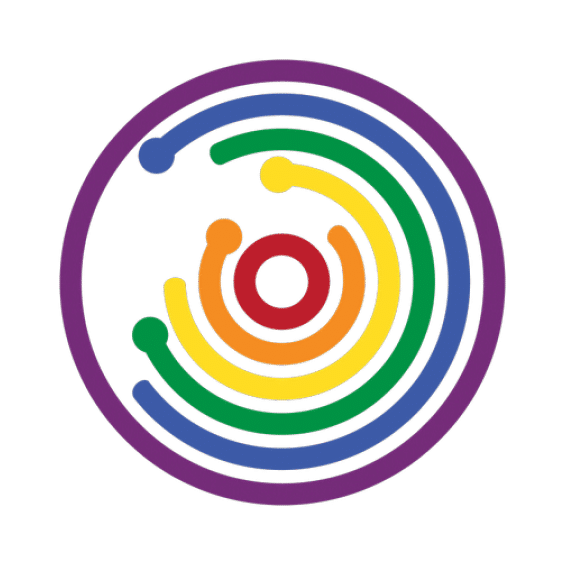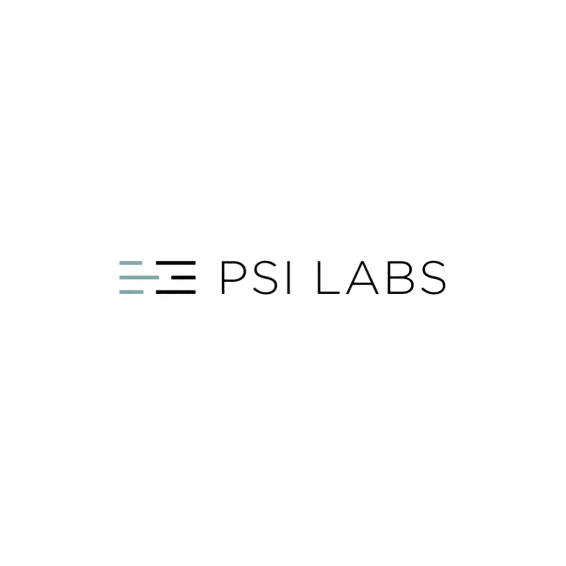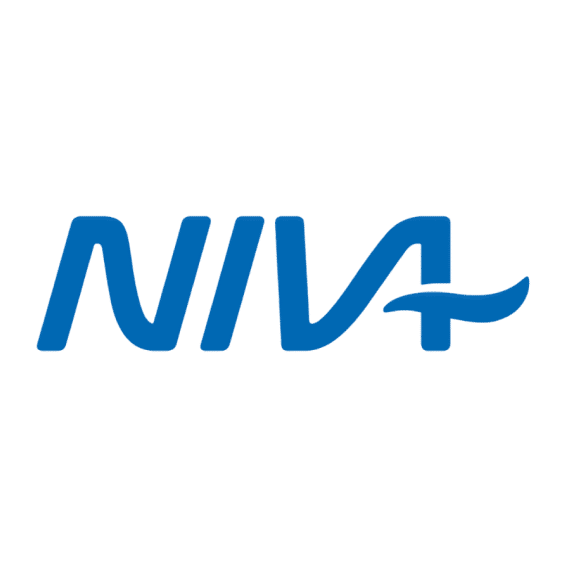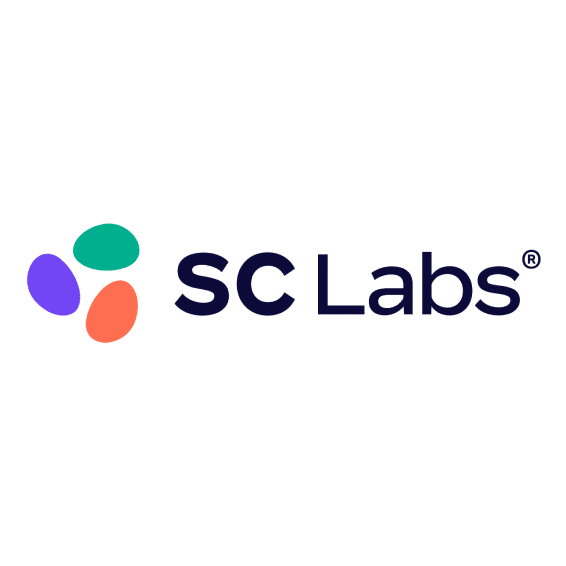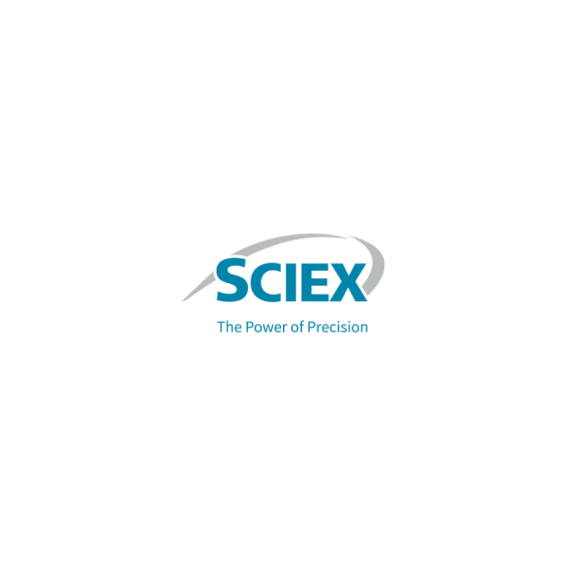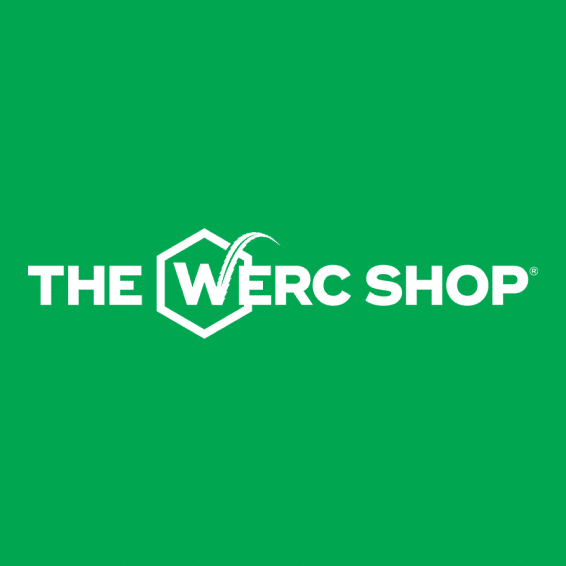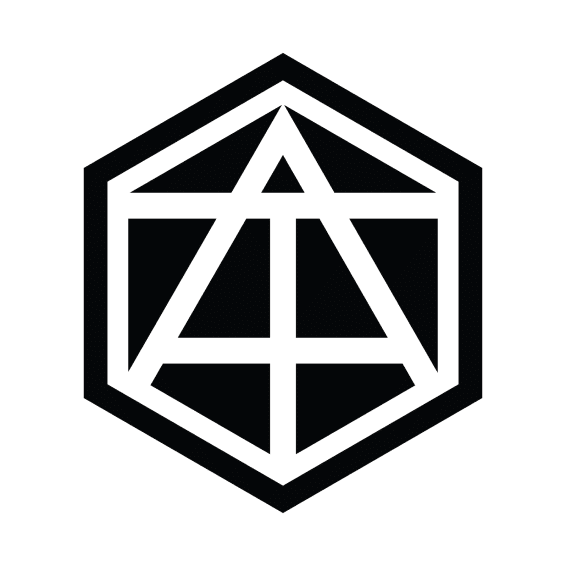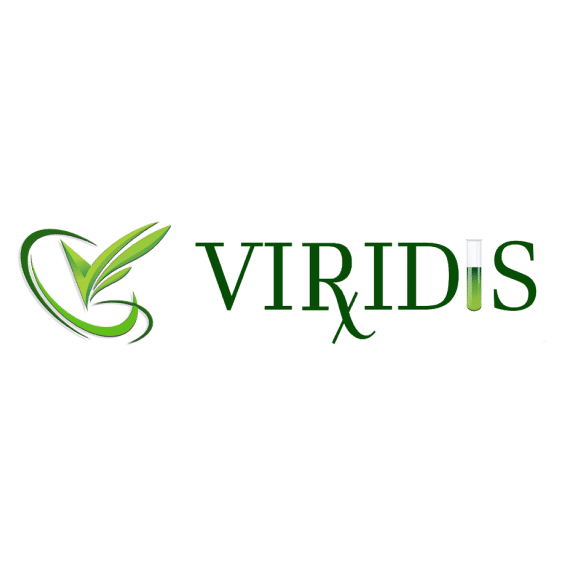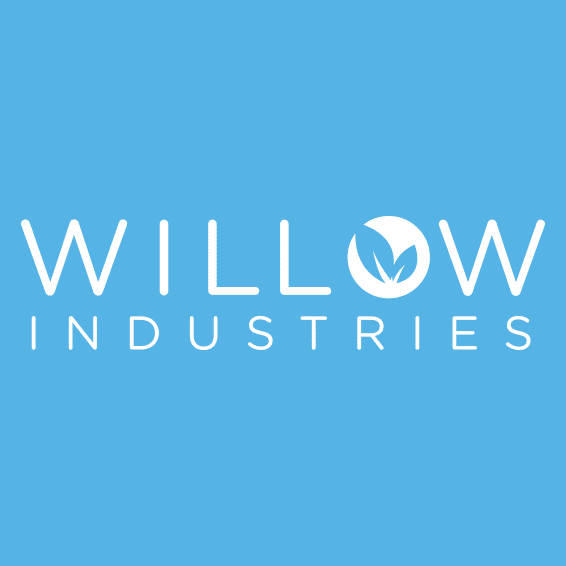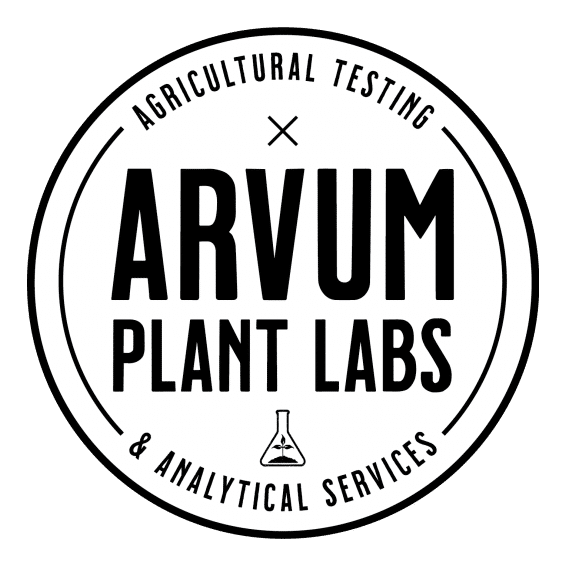Businesses Found: 36
Botanical Extraction Product Testing Labs Directory: The Basics
Third-party testing in the botanical extraction industry, especially for cannabis and hemp products, is a vital step. It’s a way not to just say “our products are great”, but add a more meaningful “and these highly-trained people, independent from our company, agree”.
It’s more than important for any extraction business, since the third-party lab’s reputation affects your product’s reputation directly. So while you’re looking at a third-party lab directory, here’s what you can expect from them and what concerns should be on your mind in the process.
The importance of third-party testing
First of all, why even go for independent testing? Isn’t in-house quality control enough?
In short, no.
You control the in-house team, they’re not independent from business’ profits, and therefore, might be biased. At least the possibility is there, and it’s a major issue in public’s eyes, even if you — as we believe — keep your ethics on point.
An independent lab is reputable only as long as it is truly independent and not incentivized or biased to produce a specific result.
How does it work?
In short, third-party testing exists for a sole reason of ensuring product safety. Here’s an in-depth look at what is typically tested in the botanical extraction industry and cannabinoids in particular:
Cannabinoid profile
Levels of cannabinoids like THC (tetrahydrocannabinol), CBD (cannabidiol), CBN (cannabinol), and others. It’s essential, mandated, and more common than any other tests, since hemp products in the US must legally contain less than 0.3% THC by dry weight.
Terpene profile
Here, the lab verifies types and concentrations of terpenes. Keep in mind that terpenes don’t just affect the flavor and aroma of the product: they can also influence its effects.
For instance, myrcene, limonene, or pinene content can dictate both the aromatic profile and the therapeutic effect of the product.
It’s not as strict legally, though often used to ensure a substantial base for market positioning.
Contaminants (or the lack of them)
Rarely an extraction product is 100% homogenous. There’s always a trace amount of something, defined by either the technology or the limitations of the process. However, even if we’re talking about 99,999% purity, it’s the composition of the remaining 0,001% that matters.
The most dangerous contaminants that are identified in testing labs include:
- Pesticides (used during cultivation, could be harmful if ingested or inhaled);
- Heavy metals (like lead, arsenic, cadmium, or mercury, absorbed from soil);
- Residual solvents (leftover chemicals from the extraction process, like butane or ethanol);
- Microbial contaminants (E. coli, salmonella, molds, or anything of that kind).
Physical Contaminants
These include any non-chemical contaminants, such as dirt, hair, or any other foreign matter.
Impurities of this kind are rare, though can negatively affect product quality and consumer safety, if present. Physical homogeneity testing is typically governed by state or province regulations.
Testing Process Overview
How does the process go and what to expect from testing companies in this directory? It sure depends on a multitude of factors, from the nature of your business to the type of testing you need. If we oversimplify it, though, any testing process consists of several key steps:
- Sample collection. Samples are collected and documented under strict chain-of-custody protocols to ensure that they really represent the entire batch (and have not been tampered with);
- Laboratory analysis. From this step till the final one, everything happens on the testing lab’s side. Usually, we talk about advanced techniques, like High-Performance Liquid Chromatography (HPLC) for cannabinoids or Gas Chromatography Mass Spectrometry (GCMS) for residual solvents and terpenes;
- Reporting. The results are described in detailed reports that comply with federal and state regulations. These reports are critical for product labeling and regulators should be able to review them;
The final step is, again, on your business’ side. It’s the release. If the product passes all the required tests and aligns with all the standards, it can be released for sale. If it fails, it’s destroyed (or, more often, reprocessed and then tested again).
Choosing the right third-party lab for your extracts
Just with any other partnership, you’ll naturally look at accreditations, experience, reputation, and costs. However, with labs, and particularly in the US, there are a few more aspects to consider:
Range of Services
Some labs offer more comprehensive testing services than others. Depending on your needs, you may require a lab that can perform a broad spectrum of tests (or a smaller accredited party that specializes exclusively in one technology).
TA Time
The efficiency of testing and reporting times can be crucial, and no, it’s neither easy to predict, nor it is usually quick. While most labs understand the rush of the commercial environment and know that timing affects product distribution, it’s always good to double-check that your future partners do as well.
Sample and Technology Variance
Small differences in sample collection can result in massive variations in test results. Not just the samples, but the tech the lab uses itself is subject to frequent changes. Do not hesitate to spend a few more hours on talking to a lab representative or reading through their technical requirements. Every minor misunderstanding can (and will) affect the test results.
Certifications
For a third-party cannabis testing lab to be considered reputable and reliable, it should hold certain accreditations. Here are key points they should have covered:
ISO/IEC 17025
The primary standard for testing and calibration laboratories that specifies requirements for competence to carry out all the tests, including sampling.
Perry Johnson Laboratory Accreditation (PJLA)
Specifically provides ISO/IEC 17025 accreditation services to cannabis and hemp testing labs that work with all major cannabinoids and other hemp-extracted bioactive substances.
State- or province-specific requirements
Many states in the US and several provinces in Canada have specific requirements and provide their own certifications for testing laboratories. These often keep the country-wode requirements in place and set additional local regulatory aspects on top of them.
Final Advice
We regularly update this directory and have routine checks scheduled and performed in advance, but you should also keep in mind that a lab can lose its certifications, it’s not a one-time process. For a lab to maintain its accreditation status, it must undergo regular evaluations.
